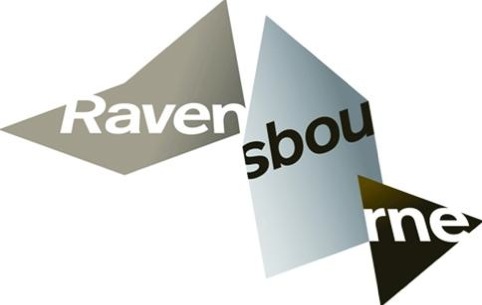News analysis – is a university rebrand worthwhile?
A new academic paper is questioning the value of university rebrands.
In a piece published in Perspectives: Policy and Practice in Higher Education, Dr Paul Temple, a reader in higher education management at the Institute of Education, argues with ‘logic rather then empirical research’ that ‘values cannot be created by outside consultants: these are part of the institutional culture’.
Speaking to Design Week Temple says, ‘The problem essentially is making a distinction between the brand and reputation of a university. I argue that students apply because of reputation.
‘There is nothing that branding consultants can do about this. If you change the logo notepaper and carrier bags, it won’t make the department of physics ten times better.’
Many universities would find it difficult to calculate the effectiveness of a rebrand. Any empirical research, perhaps more students, or more prospective students for example might be skewed by the recent hike in fees. However universities questioned by Design Week feel that there is great cause for clarity and definition to be brought to their brand.

On Wednesday, University of the Arts London told Design Week that it had appointed Pentagram to develop a new identity following strategy work carried out by Moving Brands.
Pentagram partner Domenic Lippa, who is leading the work, says that rather then a ‘vanity project’, it’s a necessary undertaking which will unite six colleges, each with a ‘strong voice’ and replace the current constellation identity which is ‘too weak and too quiet’.
Rebrands undertaken in recent years have arguably started to prove their effectiveness. One high-profile example, Johnson Banks’ Ravensbourne identity, launched in April 2010 ahead of the university’s move to a new building in Greenwich designed by Foreign Office Architects.
The identity took a Penrose tessellation from the new building and was designed with the help of two Ravensbourne students.

The university has not conducted any post-brand impact studies, but a spokeswoman says that there has been ‘great interest’ in Ravensbourne since the rebrand and ‘a spike in applications.’
Although she says this is ‘it is tied up with us moving to a stunning new building and developing a strong vocational and industry focussed offer’ the university feels that ‘a new brand helps us communicate this effectively’ she says.
It was an ‘essential’ project partly prompted by ‘confusing internal and external messaging about what we stood for, and needed to bring all these factors together under a clear proposition and visual identity for the institution.
The spokeswoman adds, ‘There’s no way we could have struggled along with our (then) existing brand identity to embody such a bold new vision and building.’
Plymouth University, which underwent a Buddy and Here rebrand last year, is in a similar position to Ravensbourne.
A spokeswoman for Plymouth University says, ‘We are still in the process of implementing our new brand strategy, so it is early for us to be talking about tangible benefits. What we can say however, is that our application rates at this stage are above both the national average and those of our competitor set.
‘In this increasingly competitive higher education landscape, differentiation is becoming key, and a strong visual brand that conveys your values and expertise can help a university stand apart from its peers.’





Hmm. I don’t think that outside consultants ‘create’ values. The point of a brand is that you take the ‘institutional culture’ and ‘reputation’ of an organisation and express it in a compelling way. The reputation is the brand (and vice versa) otherwise, it’s just a badging job.
As a branding professional and undergraduate design educator, I can sympathize with the point of view in this article, but it presents an ironic conundrum–what is design [branding] meant to do. In the business world, design strategy accomplishes business goals as they change.
I believe that most university rebranding jobs often fail because ‘consultants’ are brought in, and often provide a flashy, “emperor’s-new-clothes” design job, that often fails to articulate the vision and mission of the university–but rather a costly attempt at being relevant. A university’s brand is not turned around over night, but sudden shifts can occur that steer in to a new course.
If a university rebrand is strategically founded in aligning the expressions and experiences of the university in a way that execute the actions aligned to the mission and vision, then with the appropriate research, development, and execution, a university rebrand is on-par.
In ‘Designing Brand Identity,’ (2nd edition), Vanderbilt is feature as a case study, proving that the typical rebrand was atypical, and together with the help of Malcom Greer Designers, Vandy’s execution took their reputation to a new level, locally and nationally.
However, I don’t think its just to throw out the baby with the bathwater. Often consultants are hired for a stage in a larger process, with complicated University communications departments and actions for executions that are up to the university to continue.
At the end of the day, yes, rebrands can suck and not leverage the institution, but an incredible amount of fault lies on the institution for hiring someone credible to do what they need, not what they want–and hopefully the two and mutually inclusive. From there, if the university doesn’t have a roadmap, understand how to implement signage and all the appropriate touch points–then they’re the ones at blame.